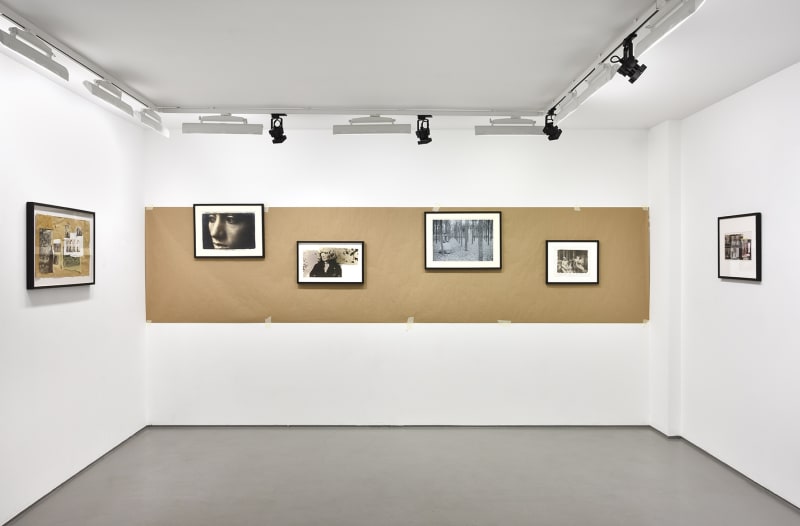Galerie Christophe Gaillard is delighted to announce, in partnership with MUUS Collection, an exhibition of works by the American photographer Deborah Turbeville (1932–2013) – her first personal exhibition in the gallery.
Her works are timeless, evocative and fascinating. This pioneer’s work shook up the world of fashion photography in the 1970s – a largely male-dominated milieu. Through her partnerships with the periodicals Harper’s Bazaar, Nova and The New York Times and with fashion designers like Guy Laroche, Valentino, Charles Jordan and Comme des Garçons, she stood out from her male counterparts such as Guy Bourdin, Richard Avedon, Erwin Blumenfeld and David Bailey. Deborah Turbeville’s deliciously old-fashioned images are disorientating and her oeuvre is easily recognisable, whether because of her choice of poses for her models, her choice of setting, framing or lighting, or the very treatment that the gives her prints with such strange film grain (her prints can be ripped, taped, pinned or dirtied).
For Deborah Turbeville, the setting is the ‘main character’. The setting is crucial in her photographs. Patrick Roegiers described their atmosphere well: ‘In shady places, empty apartments, forgotten warehouses or forgotten palaces, beautiful, anxious ladies with sensual attitudes are prisoners of their own dreams. They display their boredom with nonchalant melancholy. Alone or in a group, sometimes unclad, captured as if in a one-way mirror, these ladies perform scenes that are in turn morbid, excentric and romantic, among the ruins of their world. These scenes recall Chekhov or Pina Bausch’. (1)
Deborah Turbeville was also heavily influenced by cinema, especially by Antonioni, Visconti and Bergman, and she would freely create sequences by juxtaposing images on the same sheet in an artisanal manner. As Nathalie Herschdorfer has underlined, photocollage was Deborah Turbeville’s ‘genius’. Unlike her contemporaries in fashion photography, she would produce images with a deliberately playful intention, photocopying, cutting up, scratching, assembling prints and writing in margins. She was more of an all-round artist than a photographer.
She would create unique works where women would feature at the heart of dreamlike atmospheres – a far cry from glamourous photographs on glossy magazine pages.
‘I go into a woman’s private world, where you never go. It’s a moment frozen in time. I like to hear a clock ticking in my pictures.’(2)
The book Mexico by Deborah Turbeville, published by Louis Vuitton in its Fashion Eye series, will be unveiled during the preview showing.
(1) Patrick Roegiers, Au Centre Pompidou, Le charme ambigu de Deborah Turbeville, Le Monde 05/08/1986
(2) Deborah Turbeville, Deborah Turbeville Photocollage, Thames & Hudson, 2023

